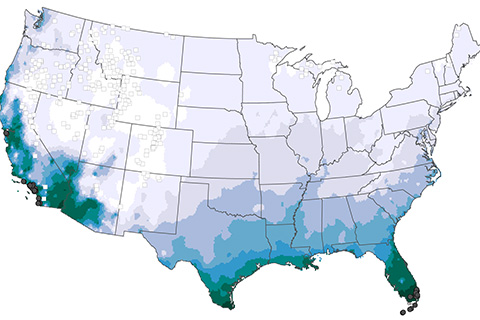
In mid-March, a cold air outbreak brought freezing temperatures to the Southeast devastating crops and causing over $1 billion in agricultural losses. For those of us who love fruit this is bad news. In this Beyond the Data post, we explain why it was so devastating even though freezing temperatures in mid-March aren’t that unusual for the Southeast.
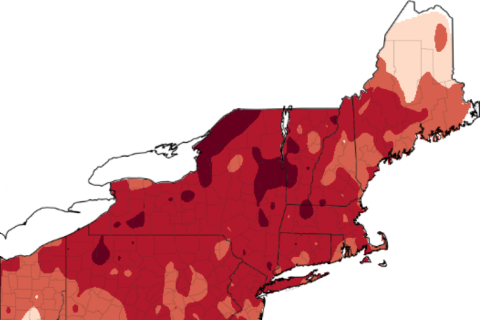
Yet another warm February left Northeast apple growers worrying if their crops will survive below-freezing spring temperatures. In this week's blog, Art DeGaetano of the Northeast Regional Climate Center talks about an online tool that helps apple growers estimate risk and damages to their yields based on bloom stage, historical climate data, and local temperature forecasts.
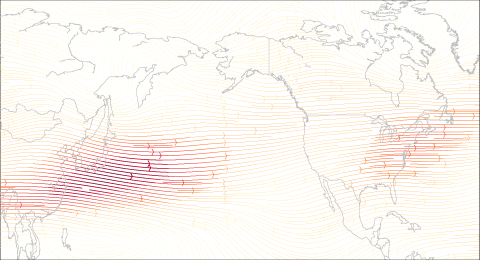
How does La Niña and the jet stream impact winter conditions in the United States?
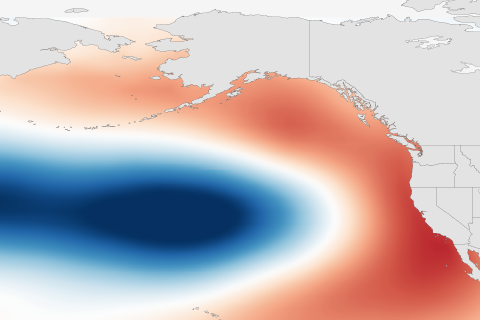
Understanding the Pacific Decadal Oscillation (PDO) as multiple layers of ice cream. And how is it related to the El Niño-Southern Oscillation?

It's been a tough year for the globe's coral and the scientists who use coral to paint a picture of ENSO back thousands of years.

The 2015-2016 El Niño will go down as one of the strongest on record, and also, thanks to El Niño Rapid Response Campaign, one of the best observed.
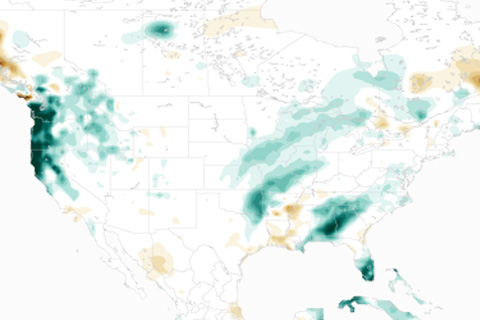
Where are my El Niño impacts?!
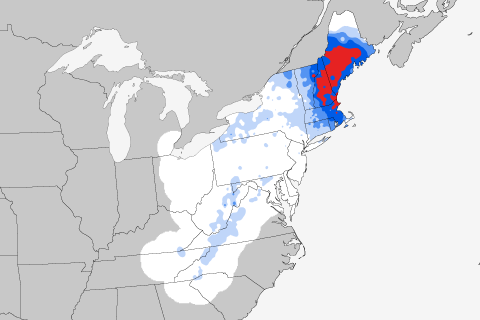
If you're thinking of bemoaning today's weather, comfort yourself with some history: today's the anniversary of the most severe Northeast snowstorm in the historical record. Guest blogger Mike Squires talks about how the February 22-26, 1969, snowstorm ranks head and shoulders above any other storm to hit the region since records began in 1900.
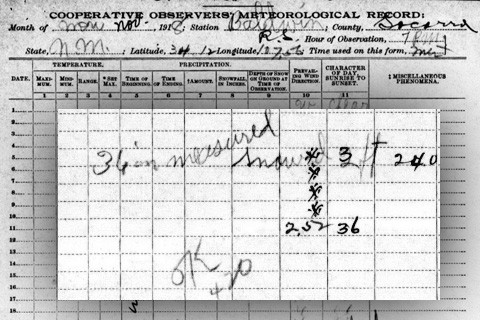
When deciding if a snow event qualifies as a federal disaster, FEMA considers, among other things, how the event compares to previous snowstorms in the historical record. After spending a week going through those records, NECI's Deke Arndt talks about why snow can be the most difficult kid in the climate schoolroom.

Was El Niño to blame for the above-average temperatures during November and December 2015? As always, the answer is not that simple.